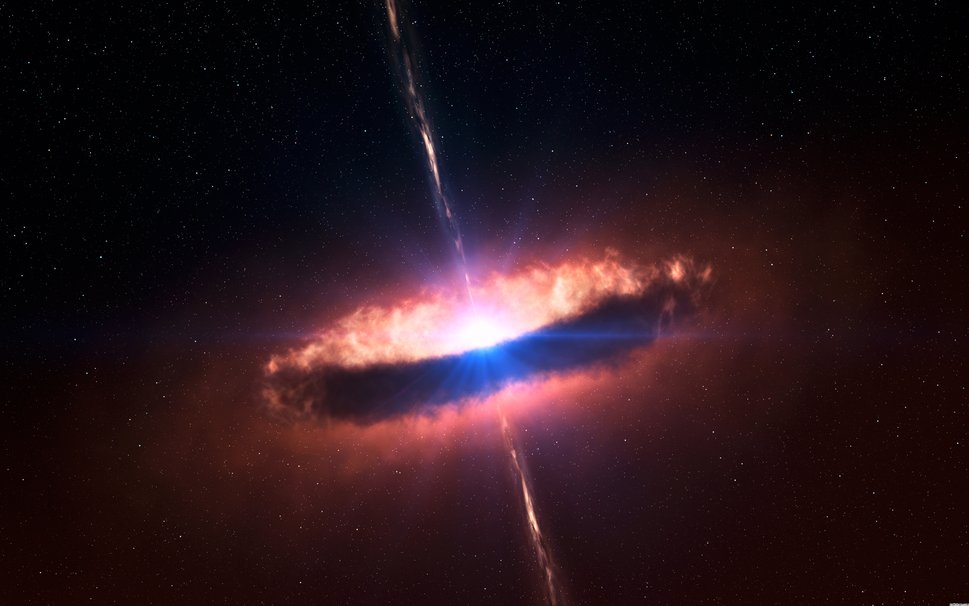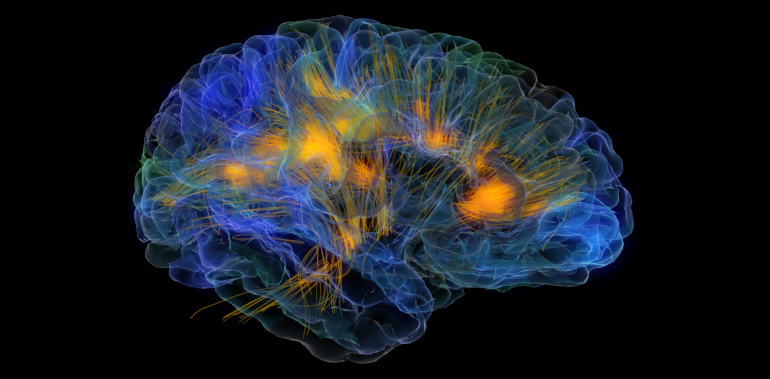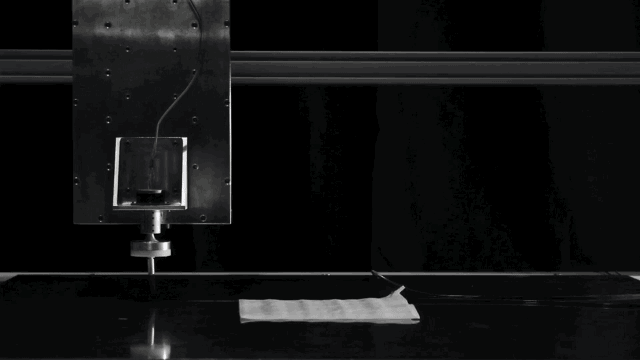Last year an event is once known as the largest supernova ever recorded, called ASASSN-15lh, occurred and caused excitement down here on Earth. But, researchers have now determined that it wasn’t a supernova they had witnessed from 3.8 billion light years away, but the remnants of a star being ripped apart by a Kerr black hole as it got too close. The light this explosion caused was around 50 times brighter than the whole of the Milky Way.
The name for this type of event is called a Tidal Disruption Event (TDE), and although first discovered back in the 1970’s, they are always difficult to prove and observe. But, with regards to the ASASSN-15lh, the bright flare that we observed down here on Earth was due to the stellar material colliding with itself and falling back into the black hole after the star was shredded. This caused a chaos that created more than 500 times the energy as the sun produces.
It’s the first time that a TDE has been used to calculate the spin of a black hole, and researchers are now hopeful that this new method will provide more techniques to track down further examples of TDE’s. Andy Howell is head of the supernova group at LCO, and he says, “This is like discovering a new kind of dinosaur. Now that we have the right tools and know what to look for, we’re going to find more and get a better sense of the population.”
Tidal Disruption Event (TDE); is an astronomical phenomenon that occurs when a star gets too close to a supermassive black hole’s event horizon and is pulled apart by the black hole’s tidal forces, experiencing spaghettification. Source Wikipedia.
More News To Read
- This Study Might Be The Answer of Treating Short-Term Memory Problems or Diseases Like…
- Architects in Singapore Create Stunning Eco-Friendly Tropical Tower
- Why Do People React Differently to the Same Drug?
- Can Machine Learning Be Used to Solve Social Problems?
- The Starbucks App Just Got Even Cooler With Artificial Intelligent











